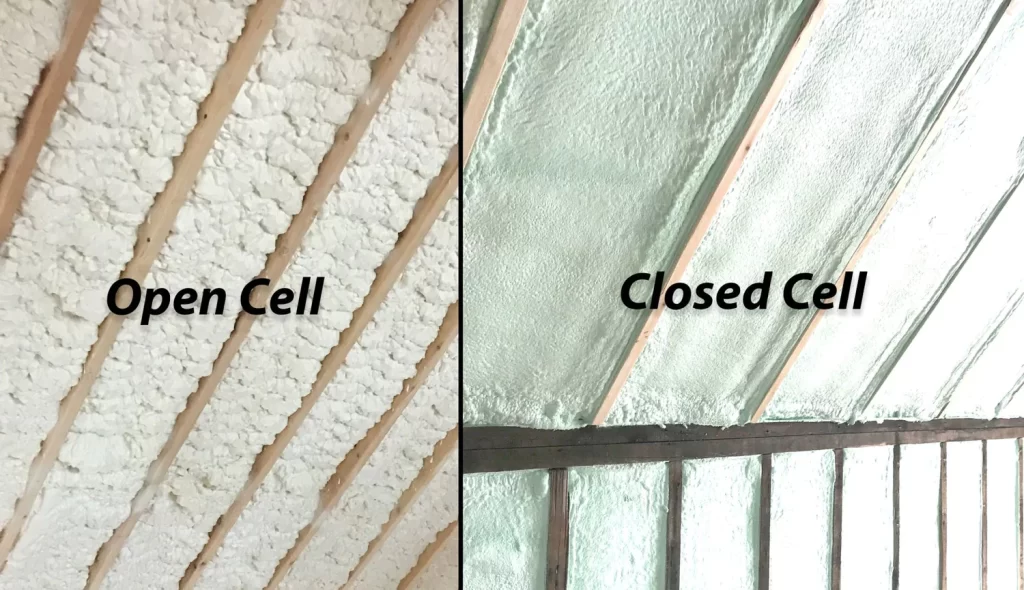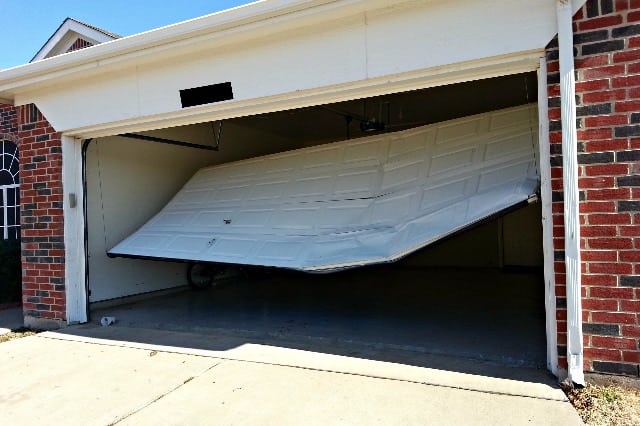Spray foam insulation is commonly utilized in both residential and commercial buildings due to its effectiveness in sealing even the smallest cracks and gaps.
There are primarily two types of spray foam insulation: open cell and closed cell, each offering distinct advantages and applications.

Content
Which Spray Foam Insulation is Ideal for You?
Spray foam insulation functions by being applied to a surface where it expands to form a thick layer, serving as a barrier. The two types differ in their structure, flexibility, and density.
Closed cell spray foam is denser and provides superior resistance to air and moisture, while open cell spray foam is lighter and more flexible.
While closed cell foam offers better thermal insulation, it can be pricier and trickier to install. Conversely, open cell foam is generally more economical, easier to apply, and offers excellent sound absorption.
Ultimately, your specific needs will determine which type is the most suitable.
Advantages of Open Cell Spray Foam Insulation
- Enhances Sound Insulation: Open cell spray foam effectively diminishes noise levels, helping to reduce echoes and external disturbances.
- Heat Retention: Although it’s not as dense as closed cell foam, open cell spray foam still serves as a functional air barrier, assisting in minimizing heat loss from roofs, walls, and floors.
- Access to Hard-to-Reach Areas: Open cell spray foam can expand up to 100 times its original volume, allowing it to fill in small gaps and cracks that other insulation types might overlook.
- Improves Indoor Air Quality: By limiting the entry of dust, allergens, and pollutants, open cell foam contributes to a healthier indoor atmosphere.
- Prevents Drafts: Its ability to expand and seal gaps helps block cold air from infiltrating and negatively impacting your comfort.
- Lightweight and Flexible: The low density and adaptability of open cell spray foam make it easy to install, even in awkward spaces, providing extensive coverage without adding excessive weight to the structure.
Benefits of Closed Cell Spray Foam Insulation
- Superior Thermal Efficiency: With a high R-value, closed cell spray foam excels at thermal insulation, effectively retaining warmth in colder months and blocking heat in warmer months.
- Water Resistant: Known for its water-repellent properties, closed cell foam is highly suited for areas that may experience leaks or flooding, thus helping to protect the building’s structure.
- Adds Structural Strength: The rigid density of closed cell foam enhances the structural integrity of a building, making it ideal for applications requiring both insulation and support.
- Effective Air Barrier: Closed cell spray foam efficiently prevents air leaks and heat transfer, reducing drafts and maintaining a consistent indoor temperature.
- Dense Installation: When applied, closed cell spray foam expands to form a dense, rigid layer, typically adding about 25-30mm in thickness per application, resulting in a sturdier structure compared to open cell foam.
Selecting the Appropriate Insulation for Your Needs
When choosing between open cell and closed cell spray foam, it’s essential to consider the specific requirements of your project. If soundproofing and flexibility are essential, open cell foam might be preferable. However, if you need enhanced thermal insulation or water resistance, closed cell foam may be more appropriate.
Choosing the incorrect type of foam insulation can lead to issues such as air leakage, compromising its effectiveness. Additionally, this can cause damage—like wood rot—that may be costly to repair later.
Isothane can provide you with suitable spray foam insulation options and high-quality products, including Duratherm ® or PIRTHANE® 0, available in both open cell and closed cell formulations. These products are ideal for residential, commercial, and industrial applications. Their knowledgeable installation team can assist you in finding the best insulation type to meet your needs.
For more information, visit:

Melissa Day is a dedicated home blogger who has been blogging for over six years. She covers everything home related. Melissa also loves writing posts about her travels to Europe with her husband and two children.











